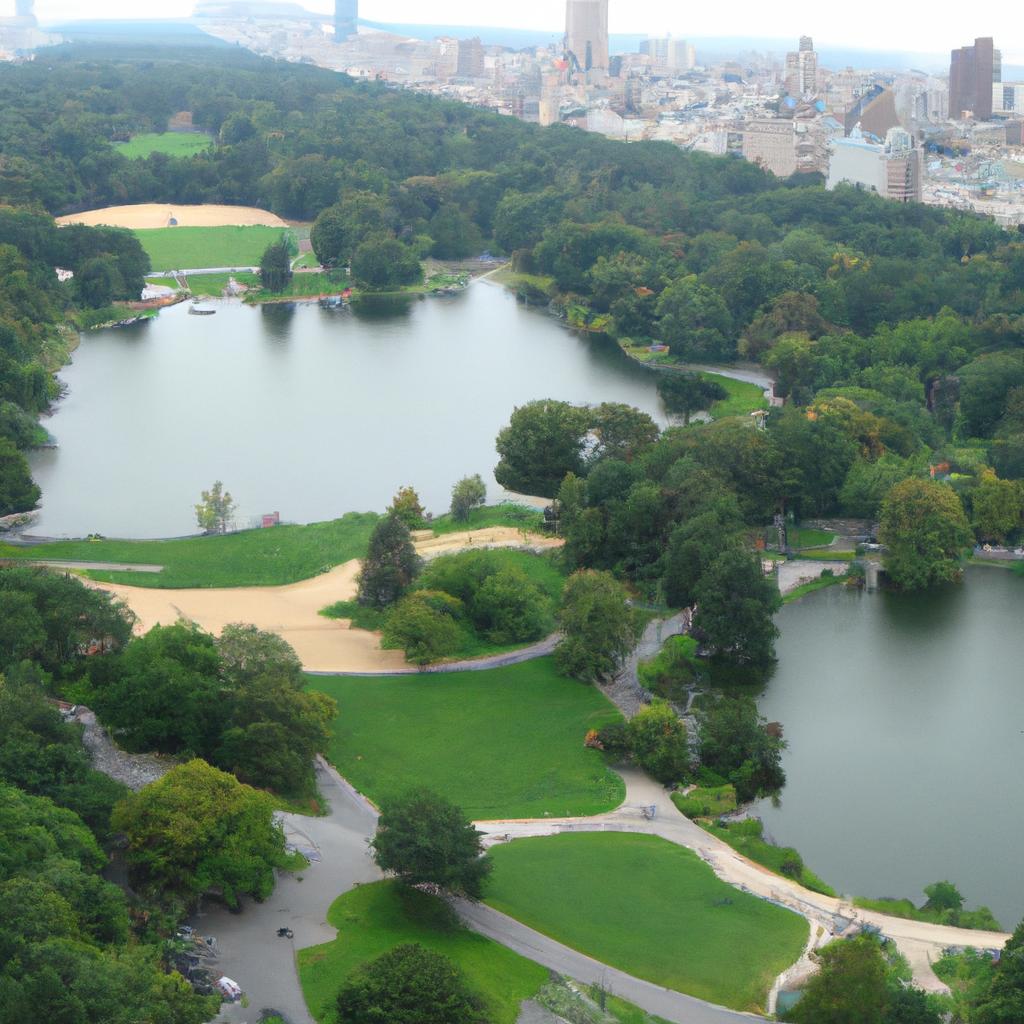Central Park is undeniably one of the world’s most renowned parks. Nestled in the heart of Manhattan, New York City, this cherished oasis attracts both locals and tourists. However, have you ever pondered just how enormous Central Park truly is? In this article, we will delve into the park’s size and its implications for visitors.
The Historical Background of Central Park
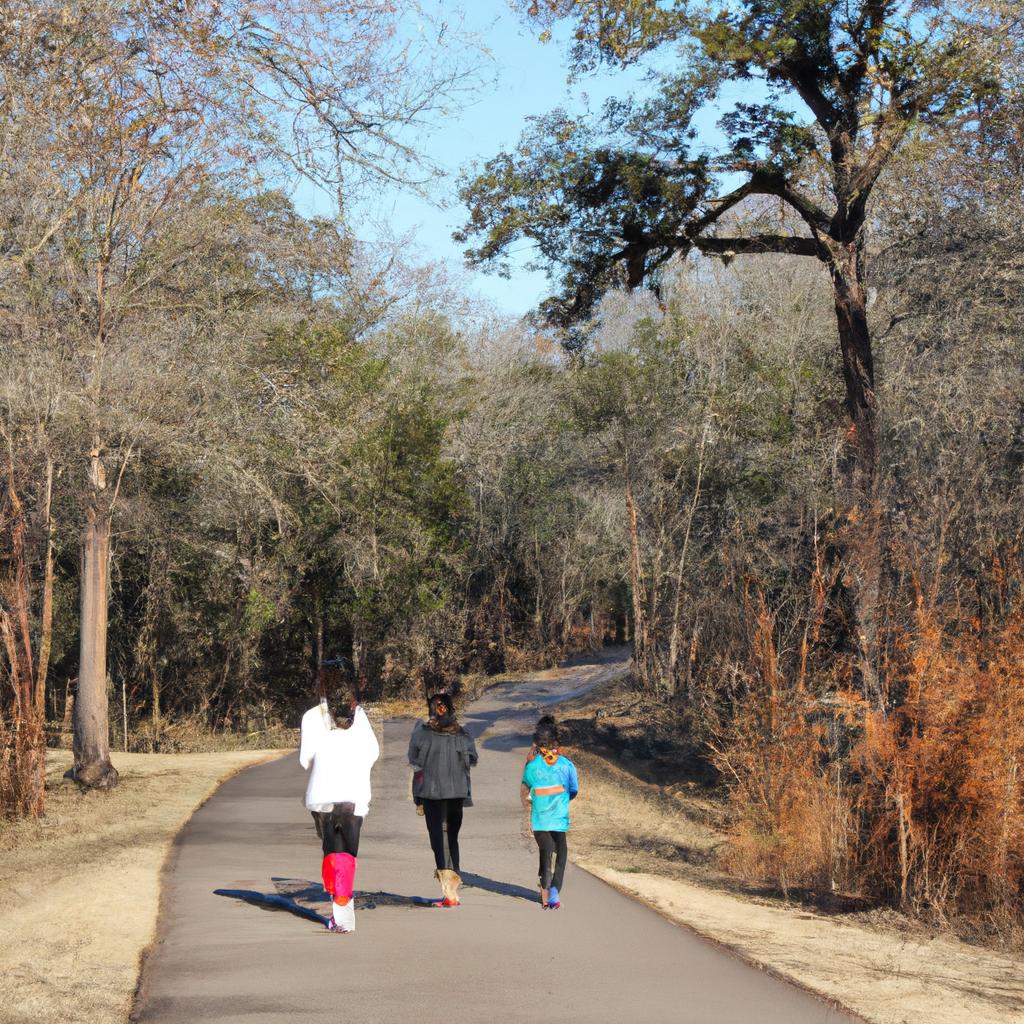
Central Park’s creation dates back to the mid-19th century when Frederick Law Olmsted and Calvert Vaux won a design competition for its development. Designed as a means to bring nature and green spaces to the thriving city, the park rapidly became a favorite destination for locals.
Today, Central Park stands as a National Historic Landmark, drawing millions of visitors annually. However, comprehending its expanse can be quite the challenge.
The Significance of Size
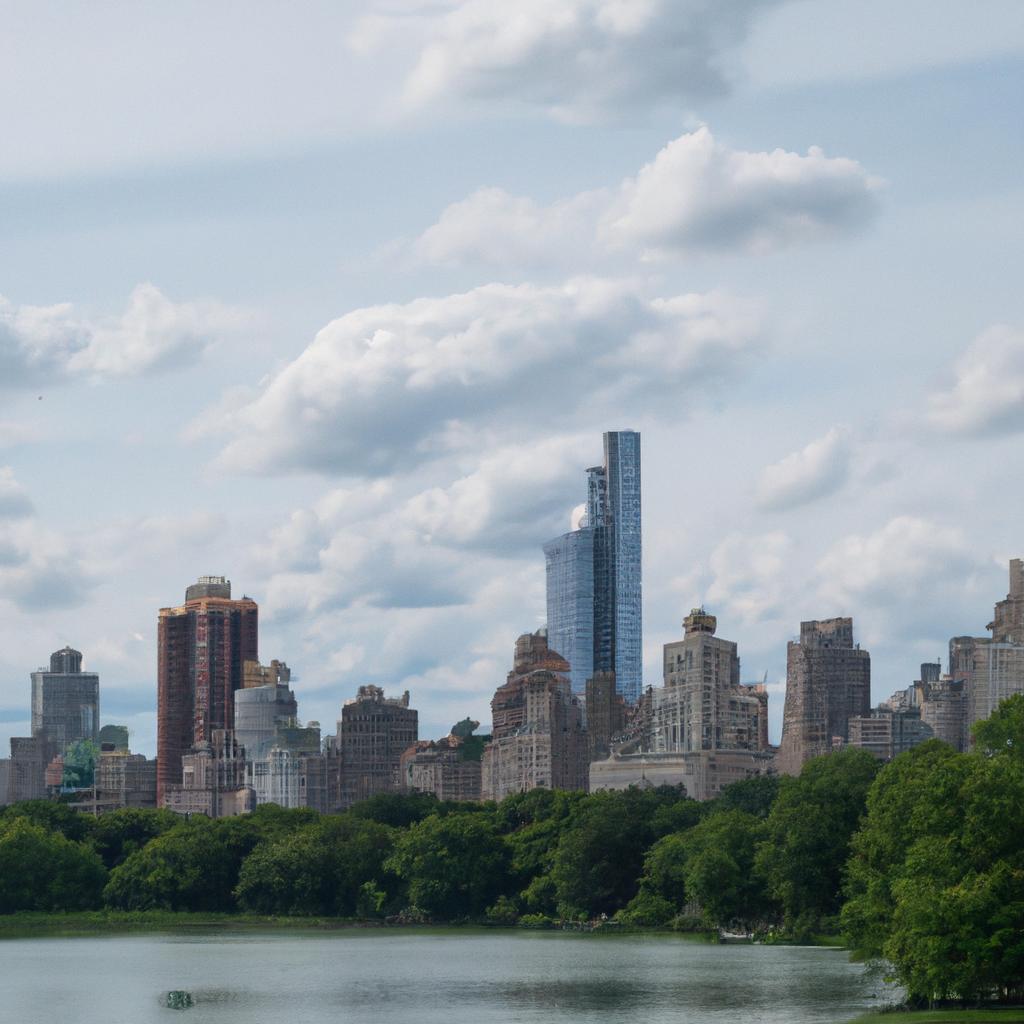
Understanding the size of Central Park proves valuable for various reasons. Firstly, it aids in planning your visit. If you have specific attractions or areas you wish to explore within the park, comprehending the distance between them and the time required to walk or bike can be immensely helpful.
Moreover, comprehending the park’s size allows for a greater appreciation of the effort invested in maintaining it. With such vast space to keep pristine and verdant, it is no surprise that Central Park is home to over 300 full-time staff members.
In the following section, let’s take a closer look at the methods employed to measure Central Park’s size.
A Comprehensive Overview of Central Park
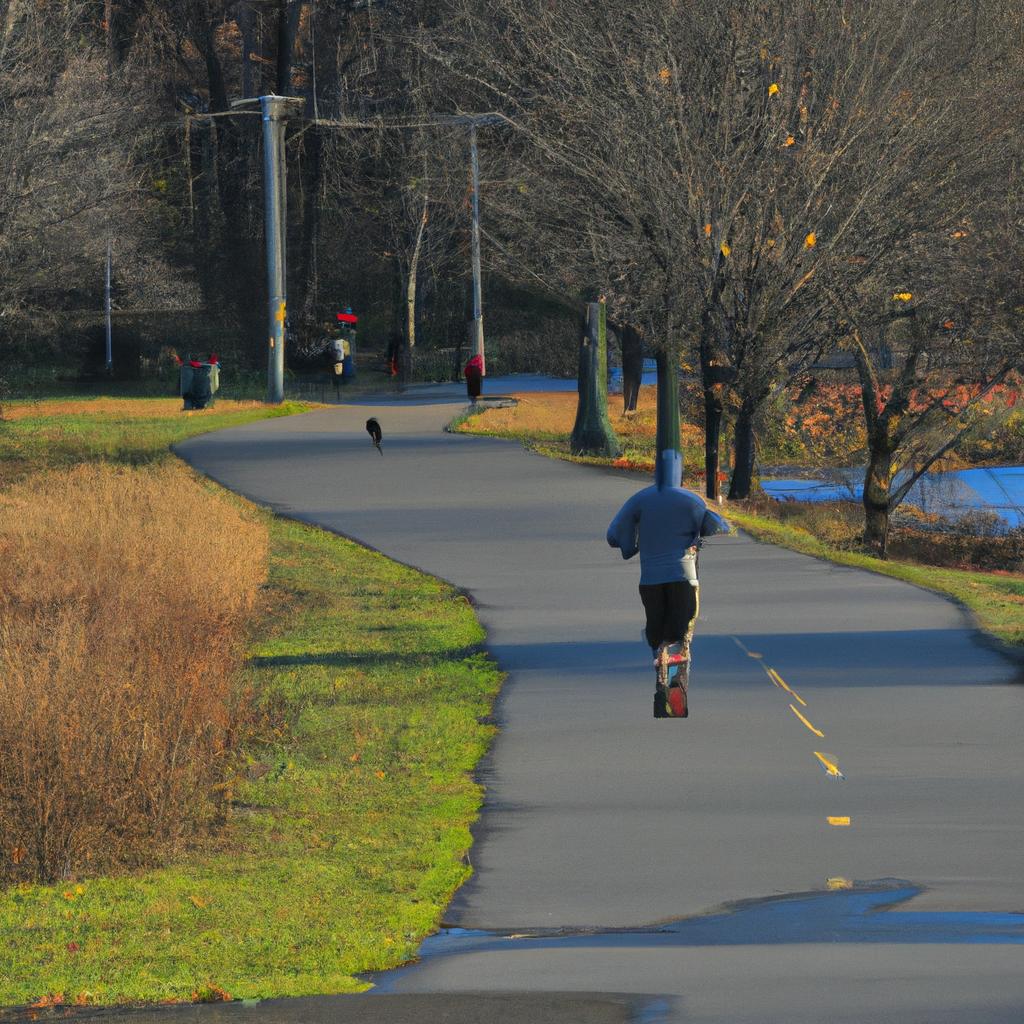
Location and Boundaries
Central Park is situated in the heart of Manhattan, New York City. It spans from 59th Street to 110th Street, stretching between Fifth Avenue on the east and Central Park West on the west. Encompassing a total area of 843 acres, Central Park stands as one of the largest urban parks worldwide.
Layout and Design
The park’s design aims to create a harmonious blend of natural beauty within the city. It showcases meandering paths, rolling hills, and picturesque lakes, all mimicking the landscapes of upstate New York.
Central Park houses several distinct sections, each boasting unique attractions. The southern end is home to iconic landmarks such as the Central Park Zoo, the Wollman Rink, and the Bow Bridge, while the northern end presents a more rugged and wild ambiance, with rocky formations and dense forests.
Visitors can partake in various recreational activities, including running and biking trails, sports fields, and playgrounds. The park also houses cultural institutions like the Central Park Conservatory Garden and the Central Park Conservancy.
In the subsequent section, we will delve into the methods used to determine Central Park’s size.
Analyzing Central Park’s Dimensions
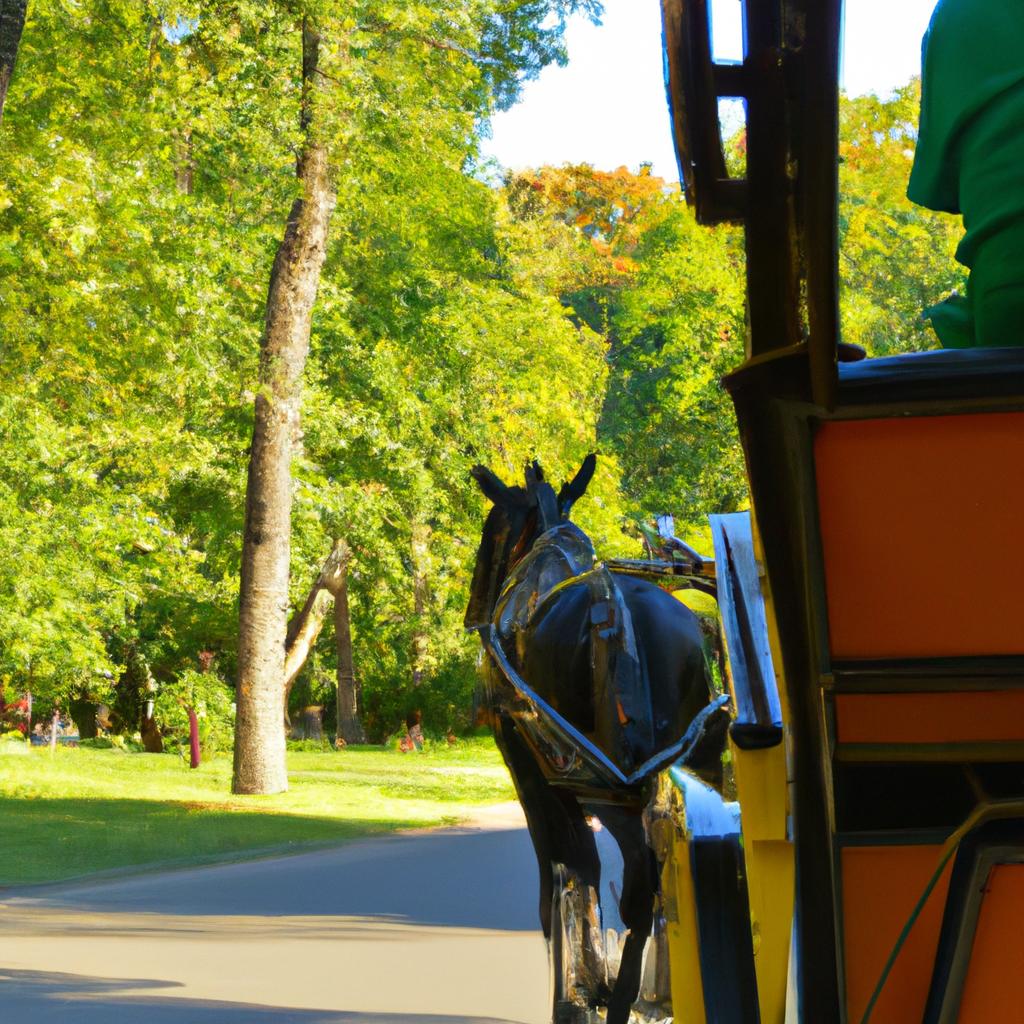
Central Park encompasses a vast area spanning from 59th Street to 110th Street, and from Fifth Avenue to Central Park West. However, how is the park’s size precisely measured? Let’s explore the methods used to quantify Central Park’s acreage and distance.
Acreage
The most common method of measurement is acreage. According to the Central Park Conservancy, the park encompasses 843 acres, ranking among the most extensive urban parks globally. These acres comprise 136 acres of woodlands, 250 acres of lawns, and an impressive 58 miles of pedestrian paths.
To put this into perspective, Central Park is approximately six times the size of Vatican City and almost twice the size of Monaco. It even surpasses renowned parks such as London’s Hyde Park and San Francisco’s Golden Gate Park.
Distance
Another approach to determining the park’s size involves measuring the distance it spans. Central Park stretches 2.5 miles in length and 0.5 miles in width at its widest point. Consequently, if one were to walk or run around the park’s perimeter, it would cover a total distance of 6.1 miles.
Understanding the park’s dimensions proves invaluable for individuals wishing to explore it on foot or by bike. Having a grasp on the distance aids in planning your route effectively. Moreover, comprehending Central Park’s size allows for a greater appreciation of the tremendous effort needed to uphold and safeguard such an expansive green haven within a bustling city.
Comparison to Other Parks and Landmarks
Central Park is not the sole iconic green space on the planet, and it is intriguing to compare its size with other prominent landmarks and parks. For instance, the park surpasses the Great Pyramid of Giza’s size by approximately 20 times and is nearly double the size of the Principality of Monaco.
In addition, Central Park exceeds the dimensions of other renowned parks, such as London’s 350-acre Hyde Park and San Francisco’s 1,017-acre Golden Gate Park. Overall, the park’s vastness serves as a testament to the importance of green spaces in urban environments and the immense dedication required to maintain them.
Unveiling the Extent of Central Park

Central Park boasts an array of attractions, including gardens, lakes, sculptures, and playgrounds. However, with so much to explore, it can be overwhelming to determine where to begin. Here are some of the park’s most popular attractions and their locations:
The Central Park Zoo
Situated on the park’s eastern side near 64th Street, the Central Park Zoo captivates animal enthusiasts. Penguins, sea lions, and snow leopards are among the diverse array of creatures that call this zoo home.
The Great Lawn
Covering a significant portion of the park’s center, the Great Lawn stands as one of the largest open spaces. It is perfect for picnics, sunbathing, and various sports activities. Resting between 79th and 85th Streets, the Great Lawn provides an idyllic spot to relax and soak in the park’s beauty.
The Bethesda Fountain
Perhaps one of Central Park’s most iconic landmarks, the Bethesda Fountain is located near 72nd Street on the park’s east side. The fountain, designed by Emma Stebbins, features a magnificent angel statue at its centerpiece.
The Conservatory Garden
Located in the park’s northeast corner, the Conservatory Garden offers a serene oasis amidst the city’s hustle and bustle. This garden contains three distinct sections, each showcasing unique floral arrangements and diverse wildlife.
Walking and Biking
Central Park provides an excellent opportunity for exercise and outdoor enjoyment. Walking or biking around the park allows visitors to witness all its splendors. Walking the entire park takes approximately one and a half hours, while biking it can be accomplished in around 45 minutes. For those without their own bikes, various rental options are available near the park.
With countless attractions and activities to choose from, it is no wonder Central Park remains a beloved destination for people of all ages. Whether your goal is relaxation, exercise, or exploration, this iconic green space offers something for everyone.
Captivating Facts About Central Park’s Size
Central Park is brimming with intriguing facts and figures, many of which pertain to its vastness. Here are a few fascinating tidbits related to the park’s size:
Unique Features
- Central Park boasts an impressive 58 miles of pedestrian paths, with 36 miles dedicated solely to pedestrians.
- The Jacqueline Kennedy Onassis Reservoir, the largest body of water in the park, holds over one billion gallons of water and spans 106 acres.
- The Great Lawn, an iconic gathering spot, covers 55 acres and has the capacity to accommodate up to 80,000 people.
Statistics
- Central Park surpasses Monaco in size.
- The park’s perimeter measures 6 miles.
- Central Park is home to over 26,000 trees and 275 distinct bird species.
Trivia
- Central Park has served as the backdrop for numerous movies and TV shows, including “When Harry Met Sally,” “Elf,” and “Friends.”
- The park’s first public concert took place in 1859, featuring the New York Philharmonic.
- The Central Park Zoo, the park’s most visited attraction, is home to over 130 animal species.
Knowing these captivating facts fosters a deeper appreciation for Central Park. The next time you visit, take a moment to reflect on the park’s vastness and the unique features it offers.
Final Thoughts
In conclusion, understanding Central Park’s size proves crucial for anyone planning to visit this iconic New York City landmark. Spanning over 800 acres, this green expanse provides an array of attractions and activities suitable for visitors of all ages.
Whether you seek leisurely strolls along winding paths, visits to the Central Park Zoo, or serene picnics with friends and family, familiarizing yourself with the park’s layout and the distances between different areas proves invaluable.
At TooLacks, we firmly believe that immersing oneself in nature is essential for our overall well-being. Thus, we take pride in sharing information about iconic parks like Central Park, encouraging our readers to explore the great outdoors whenever feasible.
So, when you find yourself in New York City, be sure to set aside ample time to explore Central Park and revel in its abundant offerings. Rest assured, you’ll walk away feeling both rejuvenated and inspired!
